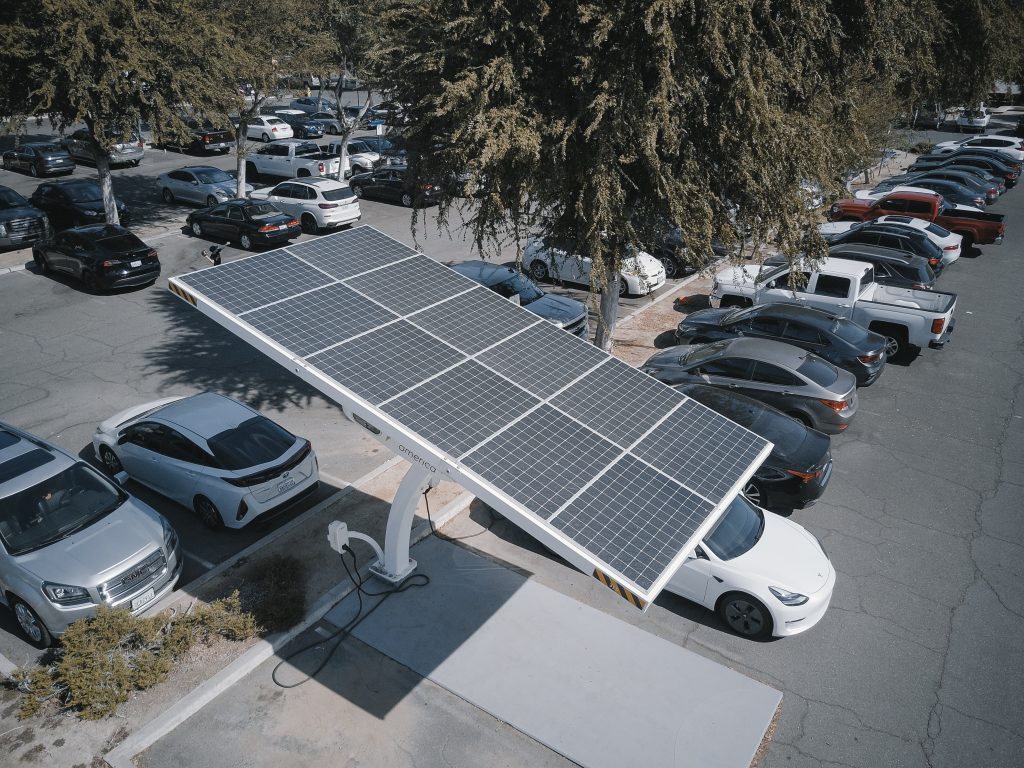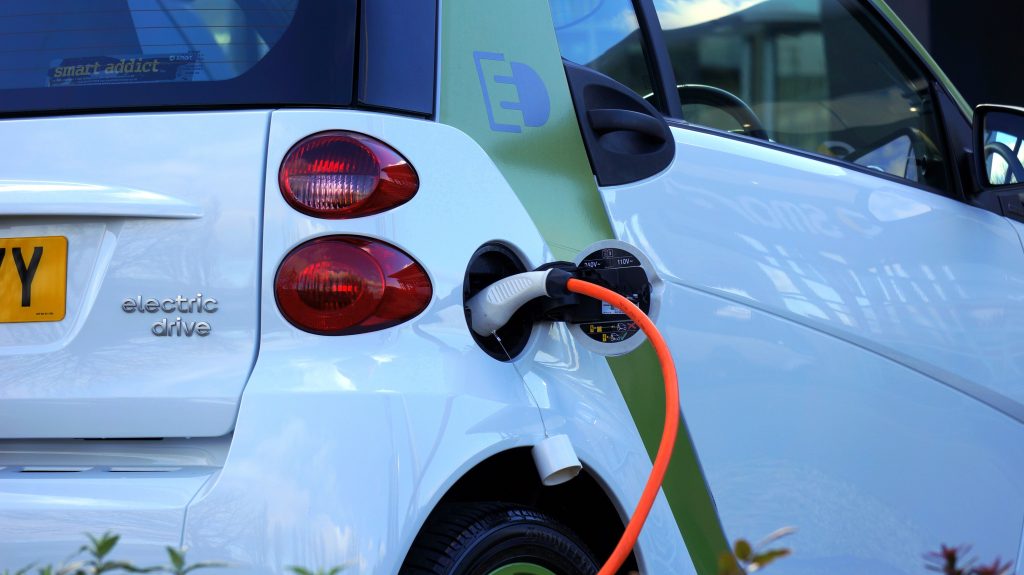Last updated on March 21st, 2018
If the Kyoto protocol taught the world anything, it was firstly that global warming exists. It also taught us that man was responsible. Man’s responsibility does not end with acknowledging this, however, they need to take drastic action.
Plans are implemented and governments are held responsible. Let’s have a look at some of the plans that have been implemented across the world.
Germany
Germany has undertaken a project called “Energiewende” or energy transition. They are implementing a few strategies, however, it seems that Germany might just miss its 2020 target. Instead of the emissions-reducing, Germany’s emissions have actually increased. Germany seems to be holding the companies responsible for their own emissions, and a type of emissions cap will be set for the various industries. They will sell permits to these companies. Should the company find a way to reduce its emissions, they are allowed to sell their permits to other companies. Incentives are the draw card for households and companies by implementing tax cuts for those reducing emissions.
South Africa
Carbon neutrality and recycling are terms that have just recently landed home in South Africa. The threat of high emissions is still something that seems to be taking time for corporates to prioritize. The government is, however, looking to hold corporates responsible, and no one is exempted. The latest battle regarding emissions involve the parastatal, Eskom, not being able to meet their emissions targets. This would result in large fines, something the energy provide just cannot absorb. There have been major outage problems in South Africa with rolling blackouts called load shedding affecting households and business. Whether the parastatal will piggyback on this forever, remains to be seen.
Venezuela
Venezuela has implemented a mixture of EU and US legislation where emissions are concerned. Their seemingly heaviest contributor to emissions are vehicles. They focus specifically on heavy cargo vehicles. Companies face steep fines should their vehicles be in contravention of the emissions standards.
China
Those who remember the Beijing Olympics will also remember the smog that surrounded the Bird’s Nest Stadium. An eye-opener into the terrible pollution in China but also something to be concerned about where the environment is concerned. China is known as the manufacturing power in the world, closely followed by India. China does, however, seem to take it seriously, as an emissions deal has been struck with the US. Barack Obama and Xi Jinping met late 2014 to discuss the deal. This deal will have an indelible effect on the world and could affect meaningful deals with Paris, according to Ban Ki-moon.
Russia
Even though Russia managed to reduce their emissions by almost a quarter since 1992, they are still the third largest contributor per capita in the region. Gas emissions seem to be the biggest concern. Alternative sources for fuel and heating are top of mind here. Developing renewable energy resources is key to delivering their strategy of meeting the 2020 target.

 If you live in the USA, you might have to think a bit more before you buy an electric car. The reason? Some areas of the States have it better than others. It turns out that a lot of things depend on where you live. The range your car will have and the emissions that it puts out can be hugely different. It seems that geography is actually a big factor in how your car works!
If you live in the USA, you might have to think a bit more before you buy an electric car. The reason? Some areas of the States have it better than others. It turns out that a lot of things depend on where you live. The range your car will have and the emissions that it puts out can be hugely different. It seems that geography is actually a big factor in how your car works! Everyone knows about the
Everyone knows about the